Big Pit in Blaenavon marks 30 years as a mining museum
- Published
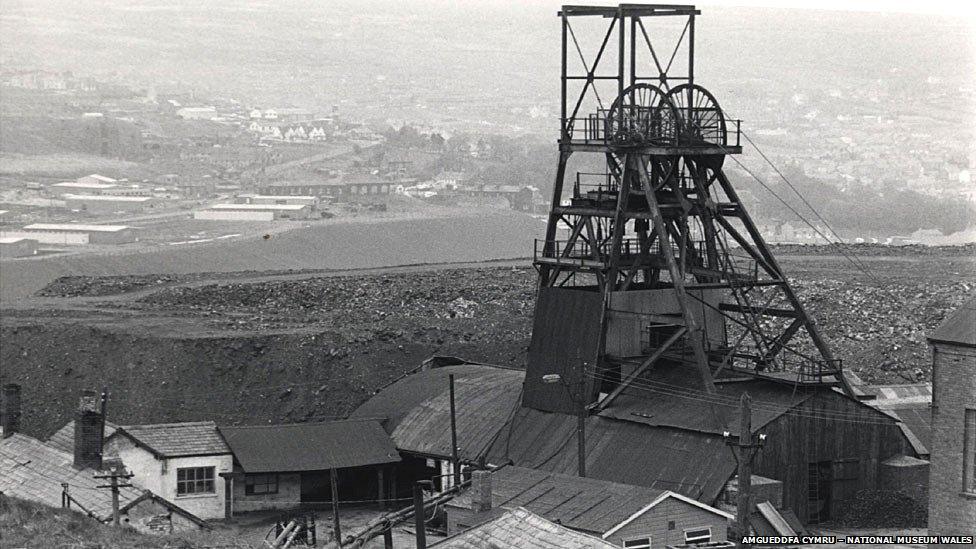
The Big Pit National Coal Museum in Blaenavon is celebrating 30 years as an industrial museum
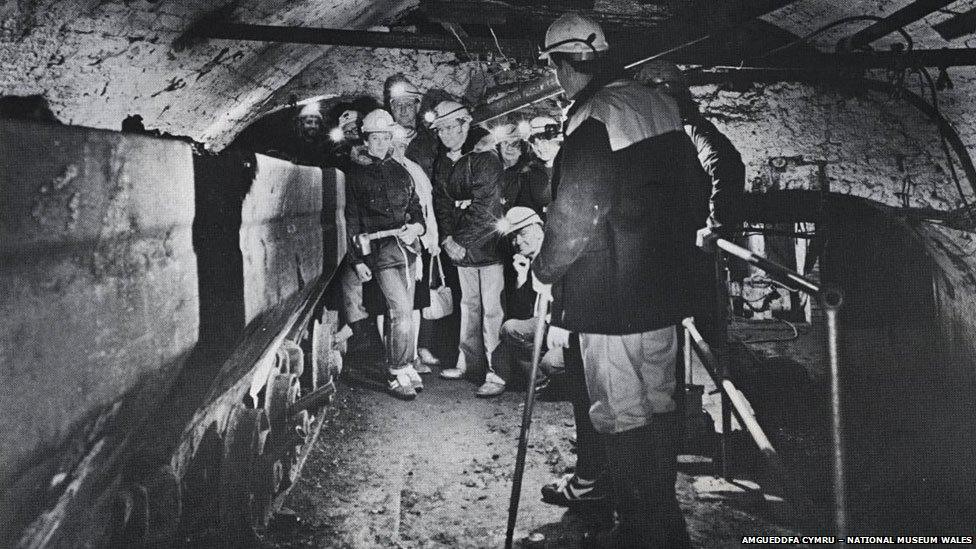
The colliery ceased production of coal in February 1980. At the time of its closure it was still one of the main employers in Blaenavon, with an approximate workforce of 250 people.
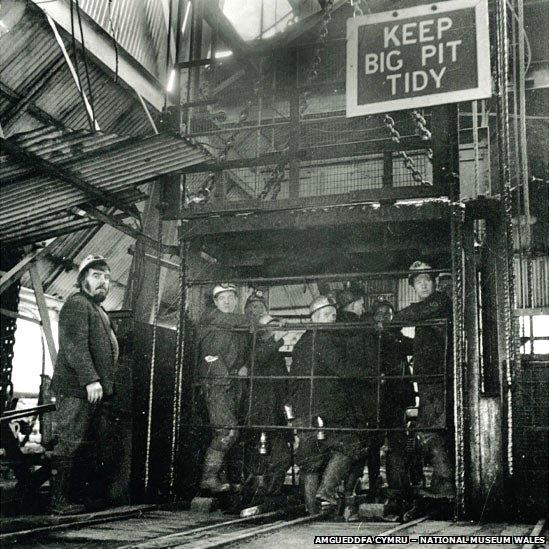
The museum opened for underground tours on 1 April 1983. The pit cage, once used to take miners to the coalface, now transports visitors for the underground tours.
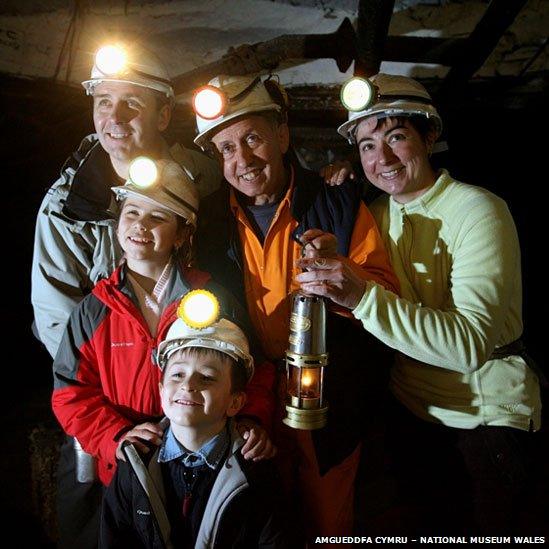
Visitors descend 90m (300ft) underground kitted up with the same equipment worn by former miners - including helmets, helmet lamps and belts - and are able to see a section of original underground workings such as the coal faces, engine houses and stables
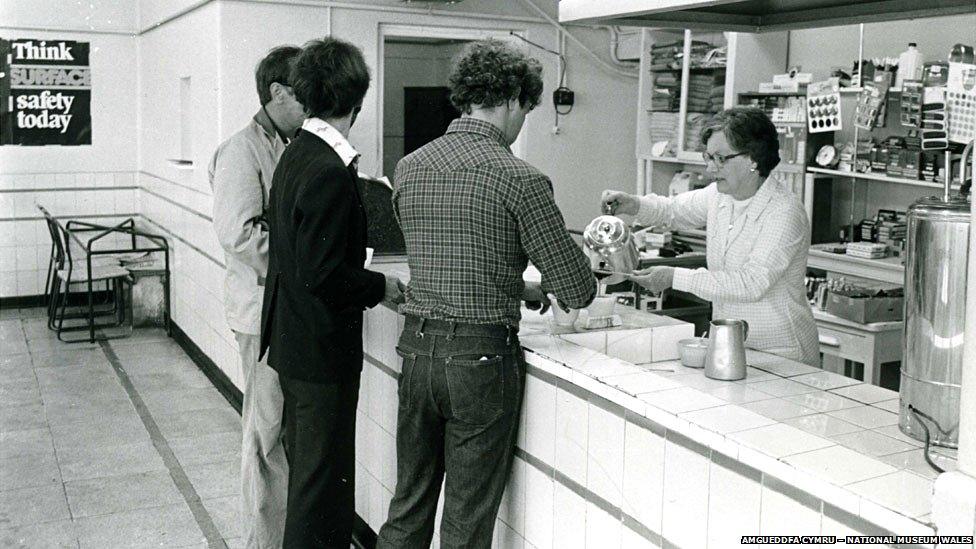
Big Pit stands on the former Kearsley's Pit site. It got its name from the large elliptical shaft, which was wide enough to accommodate two coal trams side by side. It was approximately 39 metres deep in 1860, but was deepened in 1880 to nearly 90 metres.
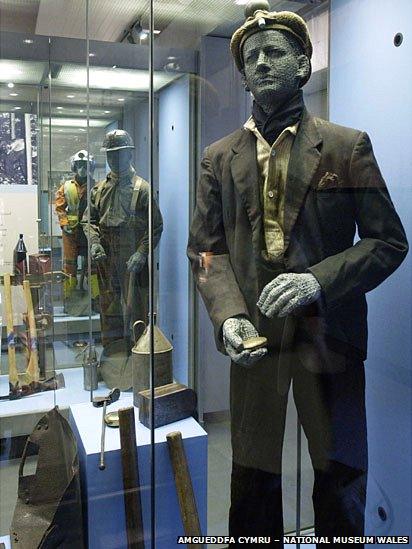
Prior to the introduction of the pithead baths in 1939, miners travelled to and from the mine in their working clothes. When the baths were opened each miner had two lockers, one for clean clothes and another for his work clothes, separated by showers. The pitheads baths building is now an exhibition space at the museum.
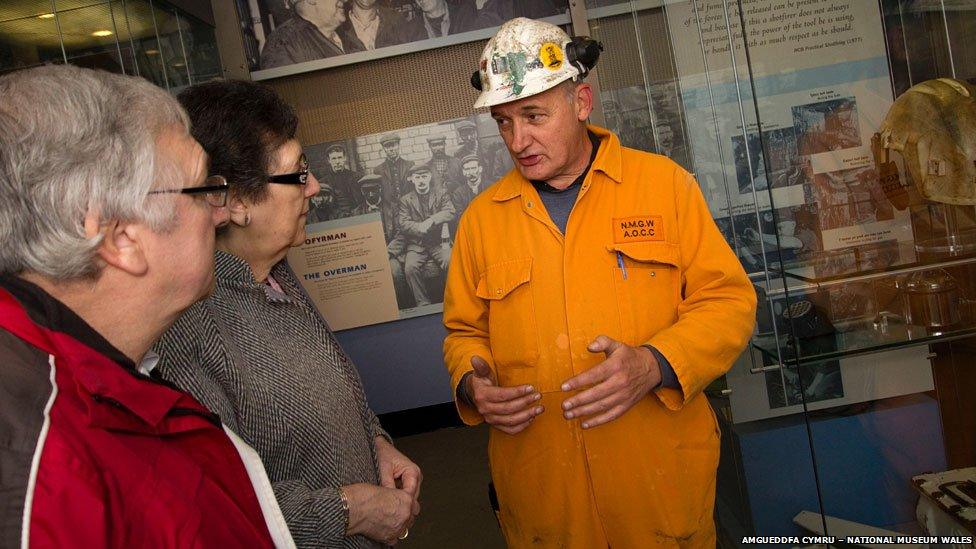
Museum guides at Big Pit have previous mining experience, to give visitors an authentic taste of a working life underground
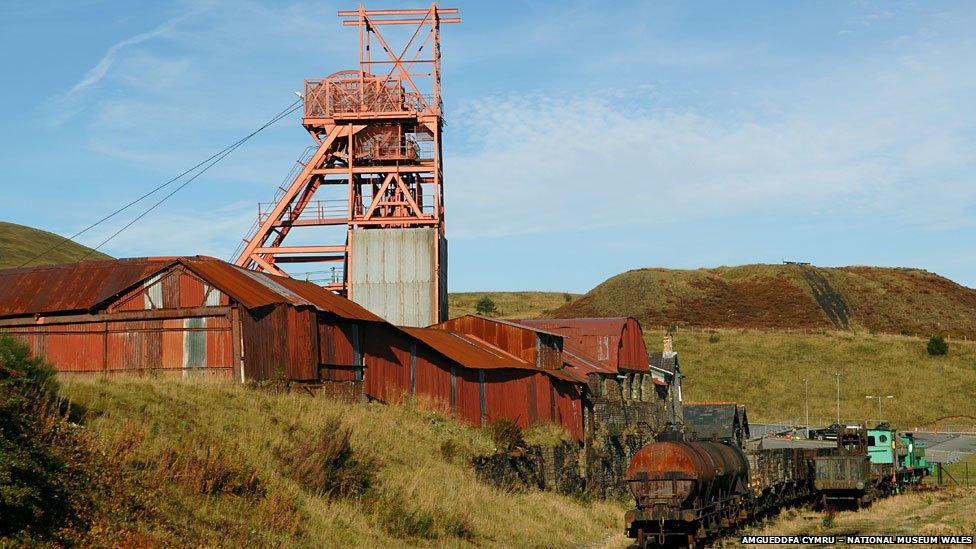
Blaenavon's industrial landscape achieved Unesco World Heritage Site status in 2000. Other significant sites that contribute to the area's landscape include Blaenavon Ironworks, Blaenavon World Heritage Centre, Pontypool and Blaenavon Railway, the canal and Keeper's Pond.
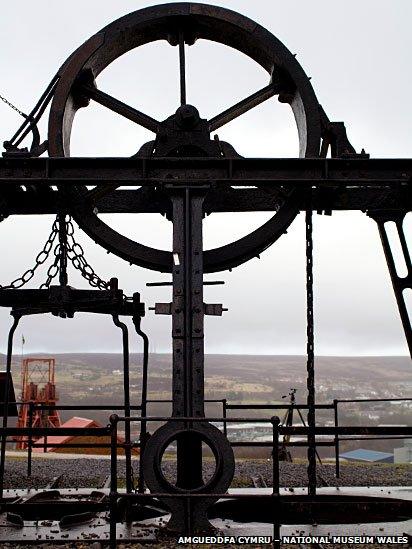
Big Pit became part of Amgueddfa Cymru National Museum Wales in February 2001. After redevelopment it re-opened in 2004 and shortly after won the prestigious £100,000 Museum of the Year award, then known as the Gulbenkian Prize.